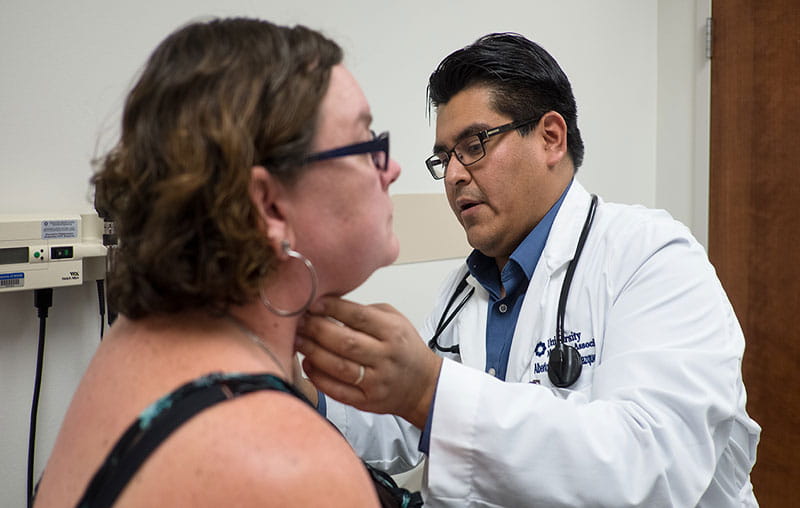The idea was that a simple, noninvasive test could detect undiagnosed heart problems in healthy looking newborns before they leave the hospital.
Dr. Alice Gong, a neonatologist at University Hospital and professor of pediatrics at UT Health San Antonio, was at the forefront of pushing for Texas hospitals to perform the test, called pulse oximetry, which measures the oxygen level in blood. A state law made the test mandatory for hospitals that deliver babies.
A new study published this month in the American Journal of Perinatology confirmed the test is valuable. It looked at an early group of 11,322 babies screened by 13 hospitals, including University Hospital, as the program was being rolled out in Texas.
Eleven of those babies looked normal but had low oxygen levels picked up by the test. One of them had a serious and previously undiagnosed congenital heart defect. But the test identified other medical problems in those 11 babies as well, including seizures, abdominal distensions and less-serious heart problems.
“The screening works,” said Dr. Gong, who with colleagues at Baylor College of Medicine in Houston and the Texas Department of State Health Services formed the Texas Pulse Oximetry Project, or TxPOP. They worked to develop guidelines and educational materials to assist hospitals in performing the test, and for families to understand it.
University Hospital and other large referring hospitals regularly receive transfers of babies diagnosed with heart conditions because of the test, Dr. Gong said. While the test is now mandatory for Texas newborns, Dr. Gong doesn't know if every hospital is doing the screening — particularly small, rural hospitals that don't deliver many babies.
Surveys to hospitals regarding compliance have had low response rates. The test requires a different device than the one used for adults. Babies have faster heart rates, which the device accounts for, and it requires probes on two points of contact — usually a hand and foot.
The adult device clips to a finger. Dr. Gong said that babies who have severe hypoxia, or not enough oxygen to the tissues, can be identified visually by their bluish color. "What this picks up is the mild" cases that can signal a heart defect. "It's worthwhile doing it."





